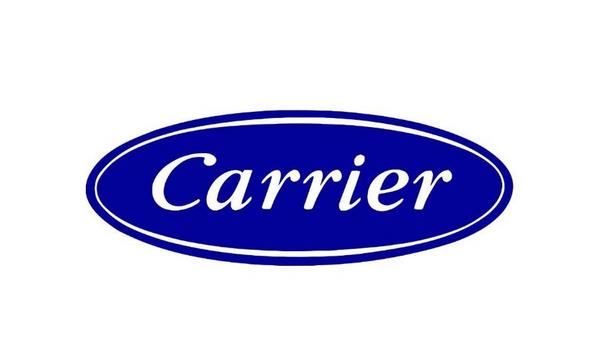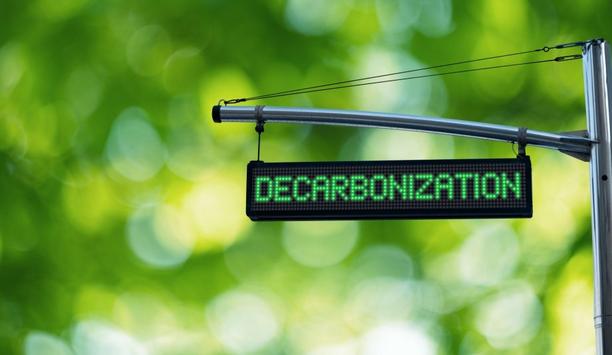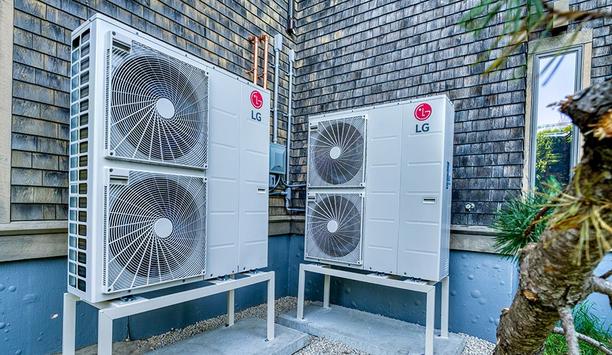With 3.9 million square feet to host events as large as 75,000 people at a time, the Georgia World Congress Center (GWCC) in downtown Atlanta is the world’s largest LEED® (Leadership in Energy and Environmental Design) certified convention center. But it took some doing to get there.
The state agency that operates the convention center, the Georgia World Congress Center Authority (GWCCA), began the LEED certification process in 2005, has received LEED Silver certification in 2014, followed by Gold in November of 2017.
Gold certification was largely due to GWCCA’s participation in Georgia’s Energy Savings Performance Contracting (EPC) program, which uses cost savings from energy conservation measures to nance facility upgrades. GWCCA began this program by partnering with Trane® to conduct an in-depth audit of the GWCC’s energy use to identify needed upgrades.
Need for boilers and chillers
Operational data, including electricity and gas consumption from all equipment, was collected. The result of this audit was two boiler/chiller plants being centralized into one plant, and a $28 million upgrade to lighting, chillers, boilers, and auxiliary equipment that reduced annual utility costs by 39%.
The new chillers—praised for delivering the world’s highest full- and part-load efficiencies—included one 1490-ton and four 1650-ton Trane® CenTraVacsTM to meet 6000-ton peak load requirements.
The new boilers—similarly praised—were six Fulton Vantage (VTG) dual-fuel 5,000,000 BTU/hr (5.0MM) high-efficiency condensing hydronic boilers, which provide 30 million BTUs for comfort heating throughout the convention center.
Why Fulton Boilers?
The six Fulton VTG boilers replaced four traditional hot water re- tube boilers—two each from the early 80s and early 90s. While the older boilers were around 80% efficient, the six new Fulton VTG boilers, as fully condensing boilers, achieve efficiencies up to 99%.
Fulton’s VTG is the world’s first condensing boiler to offer full-time operation on No. 2 oil as a secondary fuel
Moreover, Fulton’s VTG boilers fulfilled GWCC’s need to run on fuel oil as well as natural gas. Fulton’s VTG is the world’s first condensing boiler to offer full-time operation on No. 2 oil as a secondary fuel.
GWCC required dual-fuel capacity because they are on an interruptible natural gas rate service, which requires a backup fuel. (Note: Interruptible service offers customers the opportunity for lower rates if the customer can operate equipment using an alternative fuel should the natural gas supply be interrupted.)
Dual-fuel capacity
Dual-fuel capacity is increasingly important because of the possible disruption of regional gas supplies as well as uncertainties of gas availability during extreme weather events.
GWCC specifically chose dual-fuel VTG because (1) the VTG boiler control system simplifies switchover by automatically loading the proper fuel probe, and (2) because VTGs are known in the industry for operating on fuel oil for a significantly longer period than most other boilers before their burners require service.
As Cameron Grifith, Solutions Advisor for Trane, describes it, “If you’re planning a project that requires dual fuel, Fulton’s are the best because they require less maintenance after they run on the secondary fuel. The longevity of the boilers in this regard, simple switchover, and less maintenance, were key decision factors.”
LEED Certification
Thermal energy reduction from the use of VTG boilers was calculated on the thermal efficiency of the boilers
LEED certification at GWCC required determining how many therms (1 therm = 100 KBTUs) the facility consumes and the degree to which the primary or source energy of these therms (electricity, natural gas, fuel oil) can be reduced. Therefore, thermal energy reduction from the use of VTG boilers was calculated on the thermal efficiency of the boilers, themselves, based on combustion gas analysis repeated at various boiler load points.
The results showed that the VTG boilers contributed to an overall energy savings of more than 165,000 therms in their first year (July 1, 2017, to June 30, 2018). As system settings and performance metrics are further optimized, the VTG boilers are expected to help GWCC meet or exceed a performance goal of saving 264,618 therms annually.
David Pope, the lead engineer for the GWCC project from CBRE Heery, Inc., said, “It (the VTG) offers superior efficiencies at low loads and temperatures. Fulton’s ability to carry the loads down to close to zero is a great advantage in that you’re getting quite a good efficiency at that level.”
Boiler Building Automation Par Excellence
GWCC uses Trane’s TracerTM SC building automation system (BAS) to monitor primary/ secondary boiler pumps and condensing water while also using Fulton’s ModSync® controller to automatically adjust the boiler system setpoint based on the outdoor temperature.
ModSync® controller to automatically adjust the boiler system setpoint based on the outdoor temperature
As Cameron says, “ModSync tells the boilers that if it’s 30 degrees outside, you need to make hotter water; or if it’s 50-60 degrees outside, to make cooler water.”
This ensures that plenty of heat is available during the coldest days of the year while also allowing for significant efficiency gains during non-peak or “shoulder loads” while still maintaining building comfort levels. ModSync also enables greater efficiencies by matching the system turndown ratio to the building heat load based on the capacity that each boiler was designed for—all while eliminating standby energy waste.
Lo-Nox: Added Benefit
The boilers installed at GWCC before the Vantages were originally meant to run during the warm weather to reheat previously cooled air for humidity control. But GWCC shut them off in the summer months to save money and because their NOx emissions were too high.
Now that the Vantages are installed, however, GWCC can operate their boilers all year round without worrying about excessive NOx emissions or added costs due to inefficiency.
“In the overall project,” said Cameron, “it was a great benet that we were able to change out the boilers and spec out the highest efficiency, best technology. It was something GWCC needed.”















